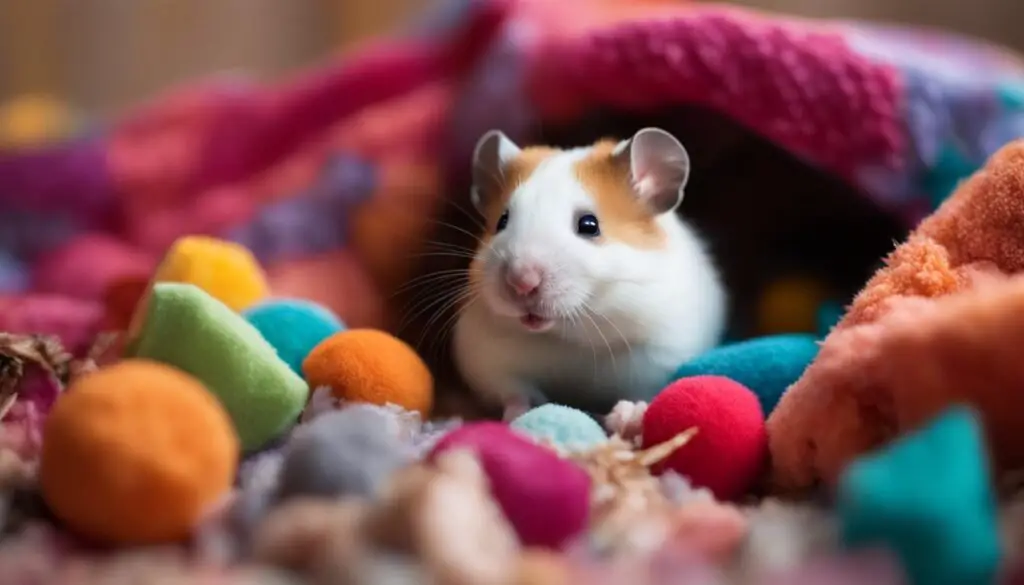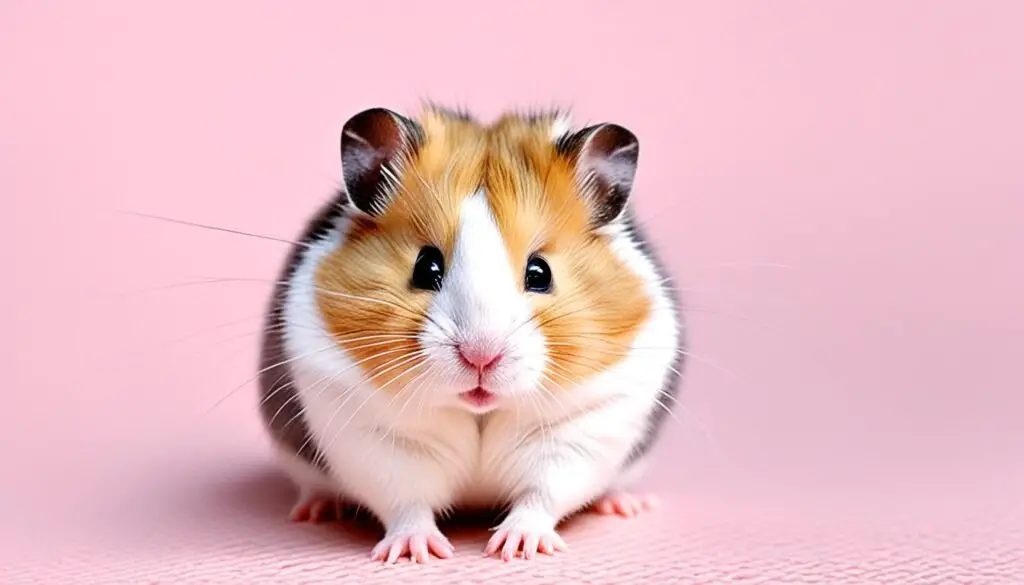Did you know that female and male hamsters have distinct differences in personality and traits? While some may think that hamsters are all the same, the truth is that their gender can greatly impact their behavior and compatibility as pets. Whether you’re a seasoned hamster owner or considering bringing one into your home, understanding the differences between female and male hamsters is essential to choosing the best fit for you. In this article, we’ll explore the advantages and disadvantages of each gender, as well as the variations between different hamster breeds. Let’s dive in and discover the fascinating world of female and male hamsters!
Traits of Female Hamsters
Female hamsters, particularly Syrian ones, have certain unique characteristics that differentiate them from their male counterparts. Understanding these traits can help you make an informed decision when choosing a hamster as a pet. Here are some advantages and considerations of female hamsters:
- Size: Female hamsters, especially Syrian hamsters, tend to be larger in size compared to males. This can make them visually impressive and give them a commanding presence in their habitats.
- Musky Odor: When female hamsters go into heat, they may emit a musky odor. This is a natural part of their reproductive cycle and can be managed with regular cage cleaning and proper hygiene.
- Temperament: Female hamsters, in general, are known to display more temperamental and aggressive tendencies compared to males. They may be less receptive to handling and require a patient and understanding approach.
- Breeding Potential: If you have an interest in breeding hamsters, female hamsters can fulfill that desire. However, breeding hamsters comes with responsibilities and requires additional knowledge and resources to ensure their well-being.
- Territorial Nature: Female hamsters can be more territorial, marking their territory by scenting and defending it. This behavior may require more attention to maintaining a suitable living environment and providing appropriate enrichment to keep them mentally stimulated.
To summarize, female hamsters have their advantages and considerations. Their bigger size and potential for breeding can be appealing to some pet owners. However, their temperamental nature and territorial tendencies require patience and commitment. Providing a comfortable and enriching environment is essential for their well-being and happiness.

Traits of Male Hamsters
When it comes to choosing a hamster, considering the gender is an important factor. Male hamsters offer unique benefits that make them an appealing choice for many pet owners. Let’s take a closer look at the traits of male hamsters and why they may be the right fit for you.

- Friendliness: Male hamsters are typically friendlier and more sociable compared to their female counterparts. They are known for their playful and outgoing nature, making them excellent companions for both adults and children.
- Ease of Handling: Due to their lower level of aggression and territorial behavior, male hamsters are generally easier to handle than females. They are more receptive to human interaction and enjoy spending time outside of their cage, allowing for more opportunities for bonding and play.
- Relaxed Demeanor: Male hamsters tend to have a more laid-back and relaxed demeanor. They are often less prone to stress or anxiety, making them suitable for pet owners who prefer a calm and easygoing pet.
While male hamsters may have thicker coats that require occasional grooming, their overall temperament and personality traits make them an attractive choice for those seeking a cuddly and less demanding pet. Whether you are a beginner or an experienced pet owner, a male hamster can bring joy and companionship into your life.
Differences Between Different Hamster Breeds
When considering whether to get a male or female hamster, it is important to also think about the specific breed. Different hamster breeds can exhibit variations in behavior and characteristics between genders. Understanding these differences will help you make an informed decision when choosing the right hamster for you.
Chinese Hamsters
Chinese hamsters do not demonstrate significant gender differences in terms of behavior and size. Whether male or female, they tend to have similar temperaments and activity levels. This means that when choosing a Chinese hamster, gender may not be the deciding factor.
Roborovski Hamsters
Roborovski hamsters are known for their friendliness, but interestingly, they display more hyperactive behavior in males compared to calmer traits in females. If you’re looking for an active and engaging hamster, a male Roborovski may be the right choice for you.
Dwarf Hamsters
Dwarf hamsters, which include breeds like Winter White and Campbell, exhibit some differences between male and female hamsters. Males are often more aggressive, making them less suitable for handling and interaction. On the other hand, female dwarf hamsters tend to be more active and lively. Consider these characteristics when deciding between a male or female dwarf hamster.
In conclusion, different hamster breeds can show variations in behavior and traits between male and female hamsters. While Chinese hamsters may not have significant gender differences, Roborovski hamsters and dwarf hamsters do exhibit unique characteristics based on gender. By understanding these distinctions, you can choose the right hamster breed and gender that aligns with your preferences and lifestyle.
Conclusion
When deciding which hamster gender is ideal for you, it ultimately comes down to personal preferences and the level of commitment you can provide. Both female and male hamsters have their unique characteristics and care requirements.
Female hamsters require more patience and handling, as well as potential considerations for breeding. They can be larger in size and may have a stronger odor, particularly when in heat. However, they can also exhibit more temperamental and aggressive tendencies.
On the other hand, male hamsters are generally friendlier and easier to handle. They have a lower level of aggression and territorial behavior. Although they may need grooming for their thicker coats and may experience hair loss, they are often more relaxed and accepting of human interaction.
Regardless of gender, both male and female hamsters require similar care, including proper nutrition, regular cage cleaning, and love from their owners. Ultimately, the individual hamster’s personality should be the primary factor in determining which gender is ideal for you. Take the time to observe and interact with different hamsters to find the perfect companion that aligns with your preferences and lifestyle.
